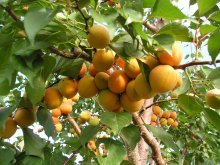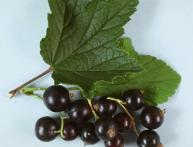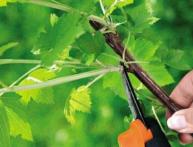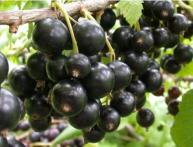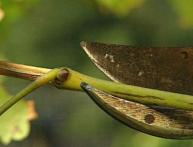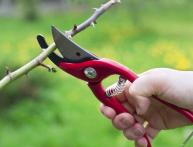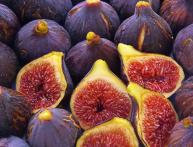Apricot pruning in spring: is this procedure necessary, timing

One of the most important measures for caring for apricots is pruning. This procedure is necessary to obtain a good harvest. It is important to be able to correctly form the crown of a tree, but for this you need to know the features of development and growth apricot.
Content:
- Pruning: why perform this procedure
- Apricot pruning time
- Materials and tools for the event
- Features and types of pruning
- How is pruning done?
Pruning: why perform this procedure
The apricot tree does not shed the ovary, therefore it is overloaded with a large number of fruits. Under the weight of apricots, the branches of the tree break, new shoots do not grow, and this reduces the yield. For normal development and growth, as well as obtaining a good harvest, you need to be able to prune a tree correctly. Annual pruning of apricots helps:
- Formation of new and strong shoots
- Lightening the crown
- Increased fruiting
- Improving the health of the fruit tree
- Increased vitality
This event also helps to avoid overloading trees with crops and preventing branches from being exposed. The formation of apricot fruits over time can occur only on the upper part of the crown, and therefore the yield level decreases. To eliminate this problem, it is recommended to carry out anti-aging pruning.
If you do not prune for 2-3 years, the crown of the tree will grow and, as a result, fruiting will be lower.Spring pruning is carried out to remove old and frozen branches, as well as to form new shoots.
Apricot pruning time
The best time to prune an apricot is spring or summer. During this time, the tree will have time to prepare for winter. Autumn pruning is performed only for middle and early varieties. In the spring, with the onset of warm weather, the tree is pruned before the sap begins to flow.
Otherwise, great harm can be caused. If you missed this period, it is better to prune after sap flow. This event can be held in March-April. After 2 years from the moment of planting, the annual growth is shortened. Young trees are not shortened much, since it is not yet very strong and can experience a lot of stress. On mature trees, branches are regularly pruned to prevent thickening.
Materials and tools for the event
Before you begin pruning apricots, you need to prepare tools. To work you will need:
- Secateurs
- Hacksaw
- Garden knife
- Ladder
- Garden var
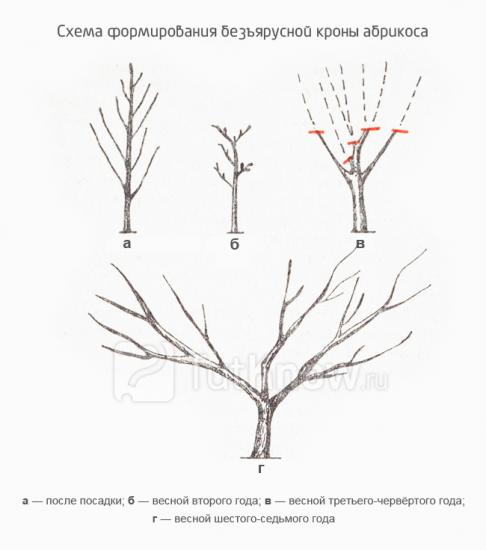
This list also includes a device for heating garden pitch, but if it is not there, then you can do without it. To work, you need to sharpen your tools well. When sharpening garden knives, you need to remove the chamfer. It is located on one side.
When working with a blunt instrument, burrs and scrapings may appear, through which infection can get inside the tree and cause rotting. There is no need to climb the tree while pruning. You can break branches and damage the bark. It's better to use a stepladder.
Features and types of pruning
By doing trimmings When choosing the type of procedure, it is necessary to take into account the age and condition of the apricot tree. There are several types of pruning:
- Formative. It is carried out for the correct formation of the crown in the first year of life. The main goal of this event is to create the base and skeleton of a young tree.
- Rejuvenating. This type of pruning is carried out in order to restore the growth and balance of the tree with fruiting. Conducted for mature trees.
- Regulatory. The procedure is carried out on mature fruit-bearing trees and helps regulate fruiting and growth with weak growth.
- Sanitary. Perform as necessary to remove diseased, rotten, dry and damaged branches. It is usually carried out in the fall to prepare the tree for wintering.
The apricot tree requires the use of various types of pruning.
How is pruning done?
During pruning, the size of annual increments is maintained up to 50 cm. The apricot crown can be formed in several ways. Depending on the variety, the crown can be sparsely tiered or vase-shaped. In the first case, this type is used for vigorous plants. varieties, and in the second - for those with limited stature.
The open-tiered shape is formed using 5 skeletal branches, the distance between which is 35-40 cm. To give it a vase-like shape, the branches are evenly cut around the trunk. When forming a cup-shaped crown, 5-7 skeletal branches should be present, which are cut to 40-50 cm, already in the second year of life.
Video about spring pruning of apricot:
The procedure is performed for 3 years. No more than 1/3 of the mass of the total number of skeletal branches is removed. You should know that pruning of a young apricot is carried out on a healthy plant, the summer growth of which is over 40 cm. A young unbranched tree is shortened in length by 30-40 cm, and a branched tree is formed into a crown.2 skeletal branches are selected from the tree and cut by 1/2 or 1/3.
The central branch should be 20-25 cm higher than the skeletal ones, and they, in turn, should be located at the same level. The remaining branches are shortened and left about 15 cm. If some branches extend at an acute angle, then topping over 2-5 sheets. This procedure will allow you to avoid heavy pruning of the tree next year. Next year, 1-3 branches are left at a distance of 35-45 cm.
Shortening is carried out according to the principle of subordination. Weakly branching branches are cut by 2/3, and strongly branching ones by half. In the first year, buds and branches located at ground level lower than 50 cm must also be removed.
In the second year, several main branches are laid. They should be located on both sides of the trunk. The conductor is cut 45-50 cm from the top branch. In the third year of life, the main last branches are formed. Pruning is carried out in the same way as in previous years. In an adult tree, skeletal bare branches are cut off if fruits do not grow on them.
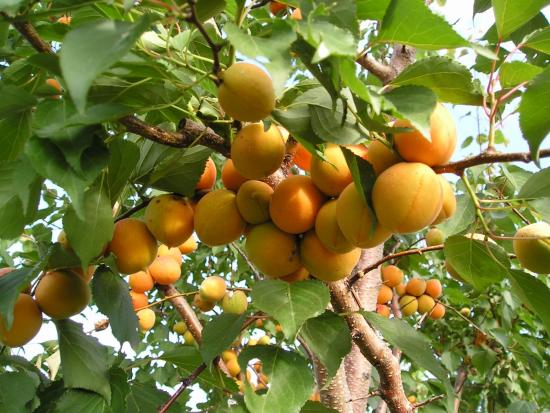
The cut areas are cleaned with a knife and treated with garden varnish. The branch is cut off at the site of the side branch. After some time, the wound will heal and new shoots will begin to sprout in the same year. It is important to remember that severe pruning can negatively affect the development of the plant and as a result the tree will dry out.
With the right approach to crown formation, you can not only facilitate care in the future, but also to get a good harvest.


